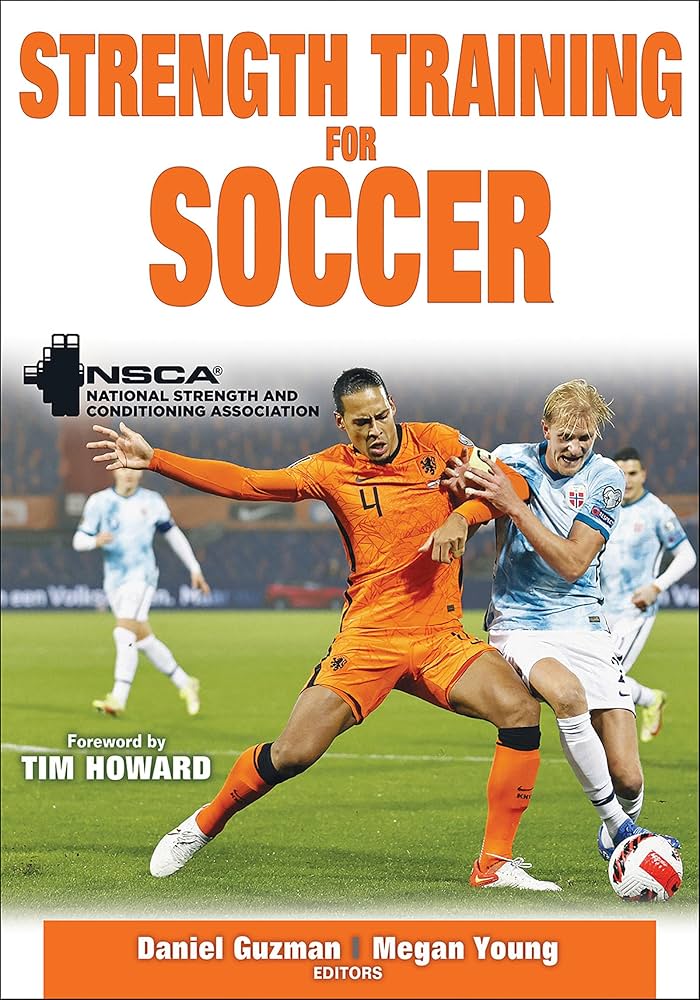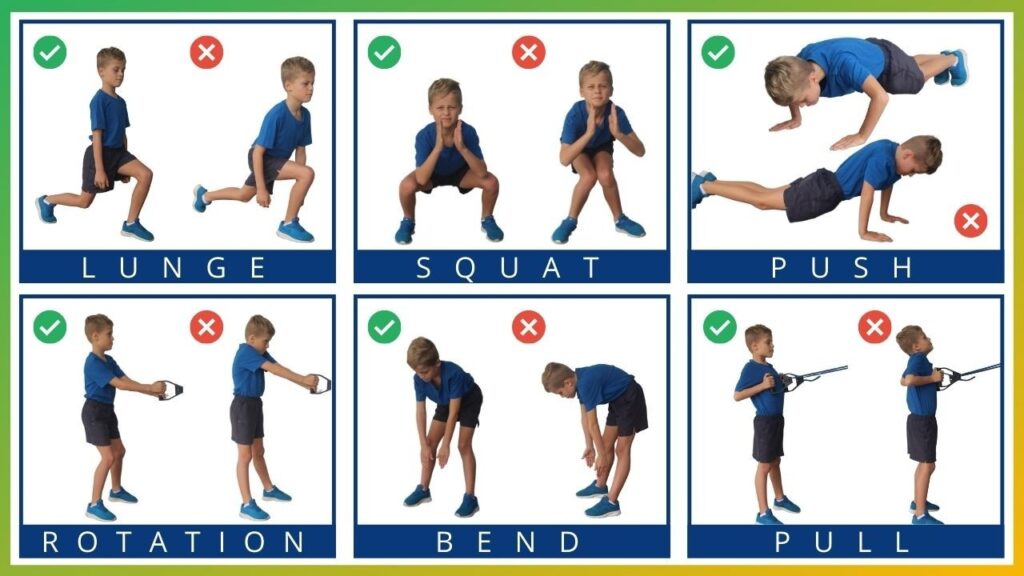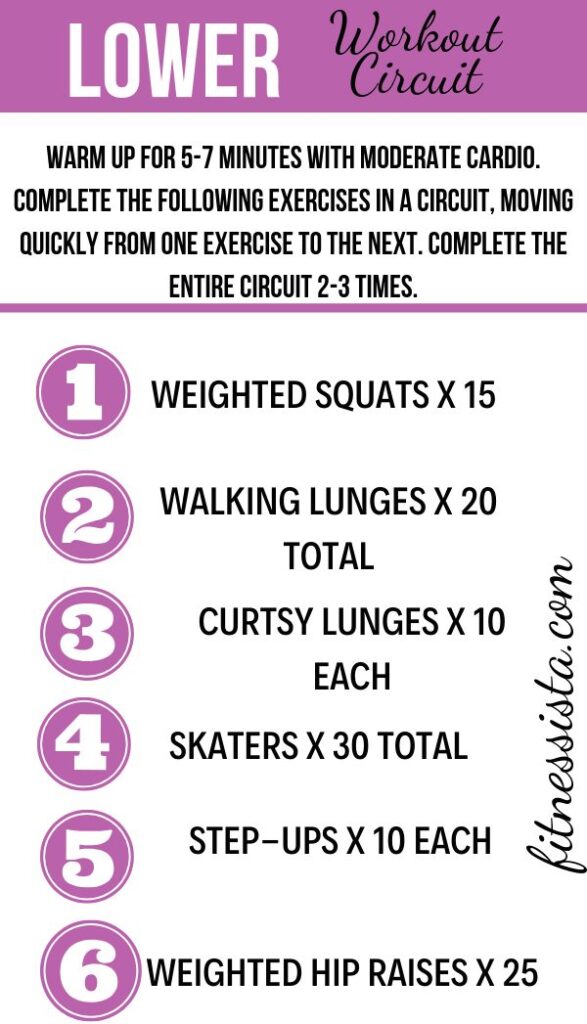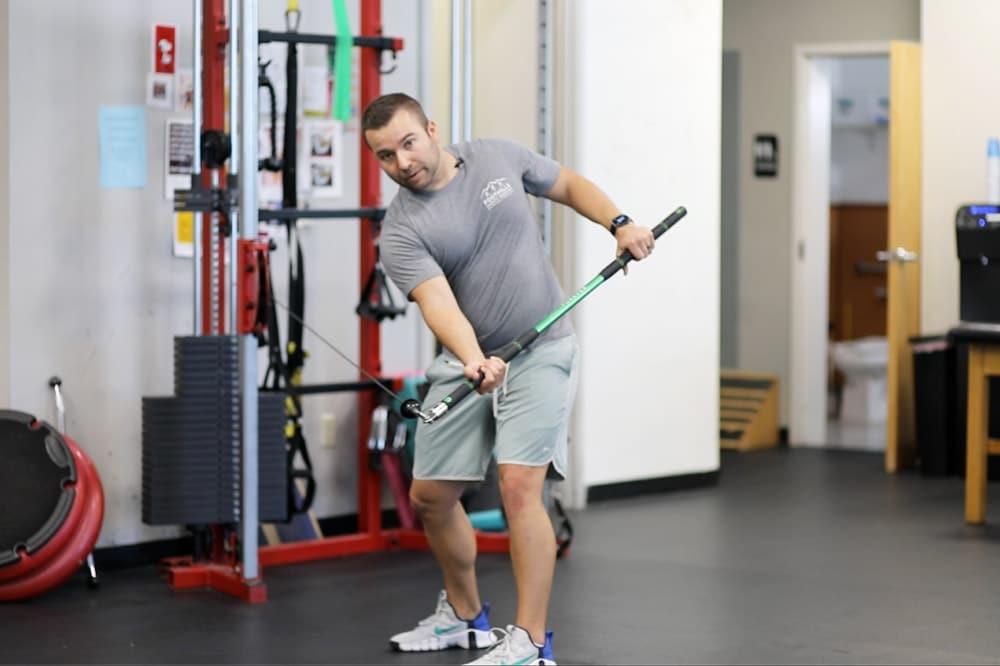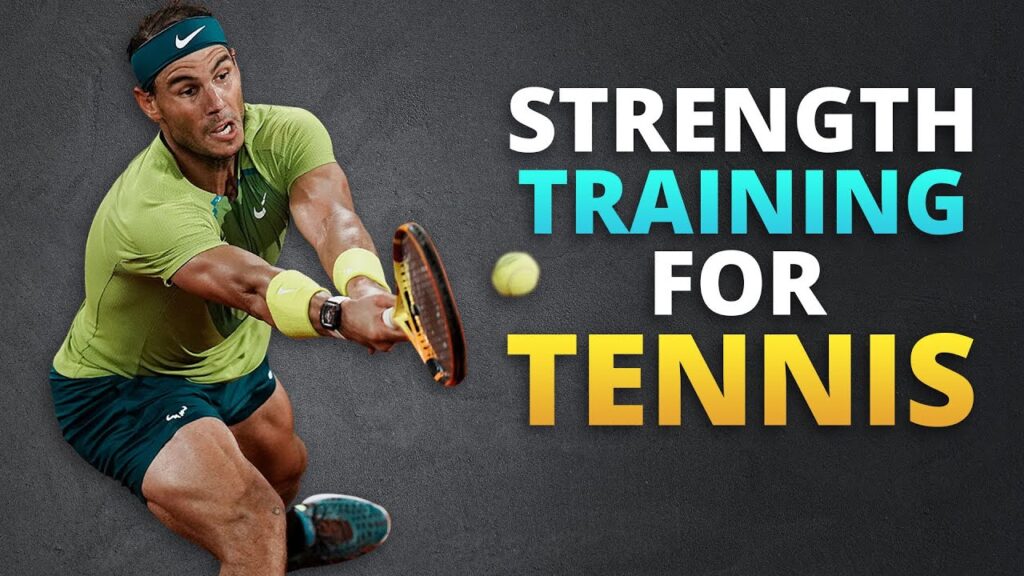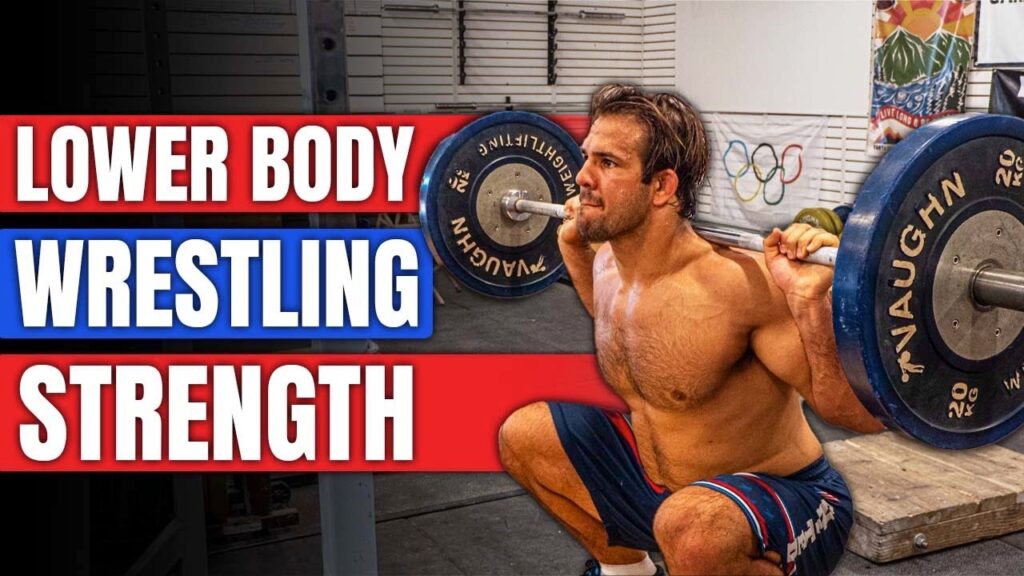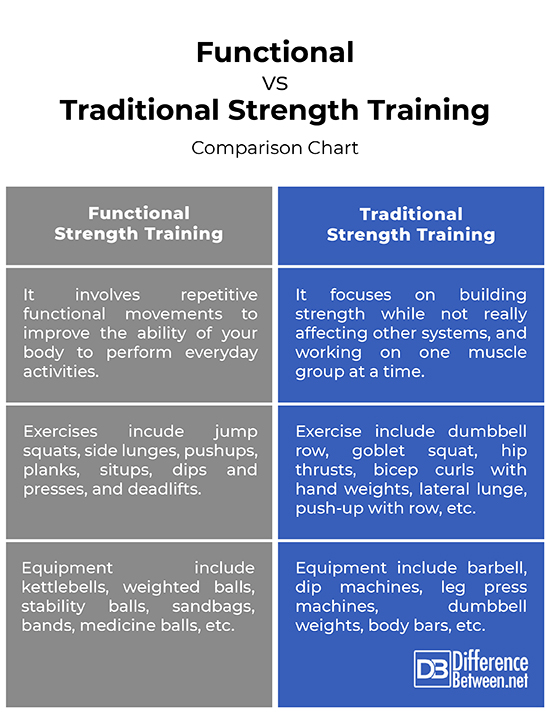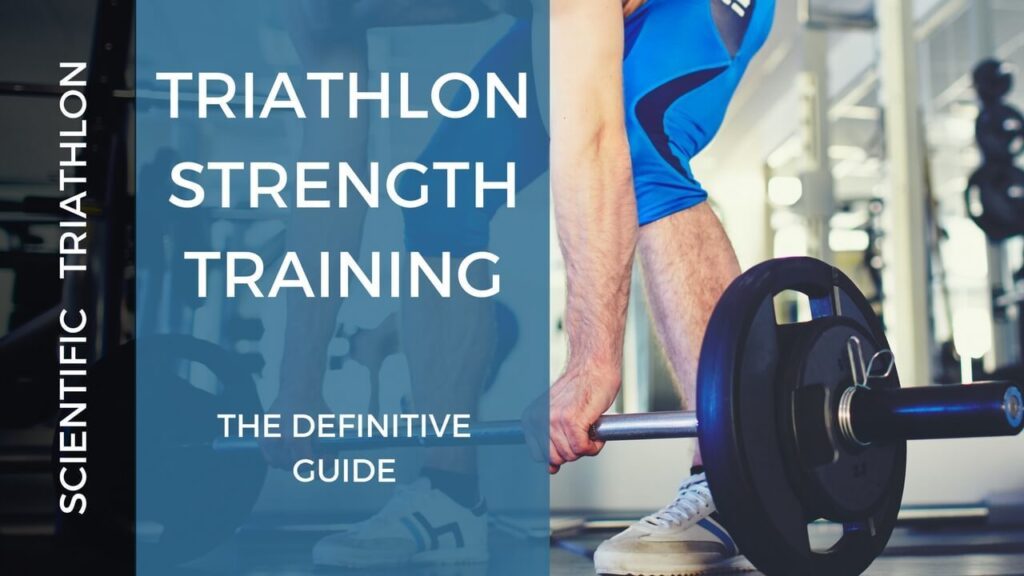Soccer strength training enhances player performance and reduces injury risk. It focuses on building core, lower body, and upper body strength.
Soccer players need a specific strength training regimen to improve their performance on the field. This training includes exercises that target core stability, lower body power, and upper body strength. A well-rounded program helps players run faster, jump higher, and maintain agility.
Consistent strength training also reduces the likelihood of injuries, ensuring players stay fit throughout the season. Incorporating strength exercises into regular practice sessions can significantly enhance overall athletic ability. For optimal results, players should combine strength training with proper nutrition and recovery techniques. This holistic approach ensures peak physical condition and sustained performance.

Credit: www.amazon.com
The Role Of Strength Training In Soccer
Strength training helps soccer players run faster. It also helps them jump higher. Strong muscles improve shooting power. This means better goal scoring. Players can also pass the ball harder. This helps the team win more games. Strength training also improves balance. Better balance means fewer falls. Strong legs make players more agile. This helps in quick direction changes.
Strong muscles protect bones and joints. This reduces the risk of injuries. Soccer players often face ankle and knee injuries. Strength training strengthens these areas. This makes them less likely to get hurt. Strong muscles also help in quick recovery. Faster recovery means players can return to the game sooner. Strength training extends a player’s career. Older players can stay fit and play longer.
Assessing Your Fitness Level
Start with a basic fitness test. Test your endurance by running for 12 minutes. Measure how far you can go. Check your strength by doing push-ups and squats. Record how many you can do in one minute. Assess your flexibility with a sit-and-reach test. These tests give a clear picture of your current fitness.
Set realistic goals for your soccer training. Aim to improve your endurance by running longer distances. Increase your strength by adding more push-ups and squats. Enhance your flexibility by stretching daily. Track your progress regularly. Adjust your goals as you improve.
Key Muscle Groups For Soccer Players
Strong legs are crucial for soccer players. Quads, hamstrings, and calves help with running. Glutes provide power for kicking and jumping. Leg muscles also reduce injury risks. Exercises like squats and lunges are beneficial. Calf raises strengthen the lower legs. Hamstring curls help in stability and speed. Always warm up before workouts.
A strong core aids in balance and agility. Abs and obliques are essential for quick movements. Planks and sit-ups are effective core exercises. Russian twists enhance side strength. Core muscles also protect the back. A stable core improves overall performance on the field.
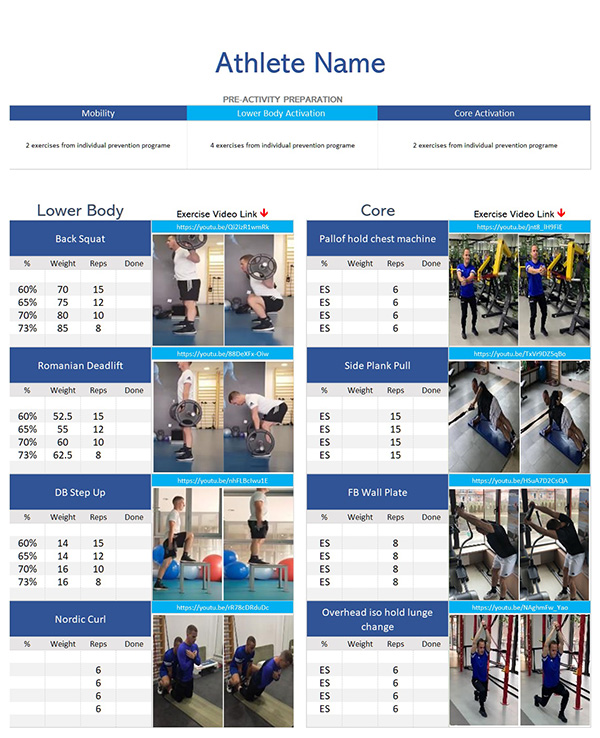
Credit: complementarytraining.net
Designing Your Soccer Strength Program
Soccer players need to balance workouts with practice. Strength training should not interfere with skill development. Workouts should be planned on non-practice days. Rest days are important too. They help the body recover. A good balance improves performance and reduces injuries. Consistent training is key to success.
Periodization helps athletes peak at the right time. It involves planning training cycles. Each cycle has a different focus. Early cycles may focus on building strength. Later cycles focus on power and speed. The final phase aims for peak performance. This method ensures athletes are at their best during important games.
Strength Training Exercises For Soccer
Squats are great for building leg strength. They help players run faster and jump higher. Use different variations like front squats and goblet squats. These exercises target different muscle groups. Deadlifts work the back, glutes, and hamstrings. Romanian deadlifts focus on the hamstrings more. Always maintain proper form to avoid injuries.
Plyometric drills improve explosiveness and agility. Box jumps help build power in the legs. Single-leg hops improve balance and coordination. Use ladder drills to enhance foot speed. These exercises help in quick direction changes. Plyometric training is key for soccer players.
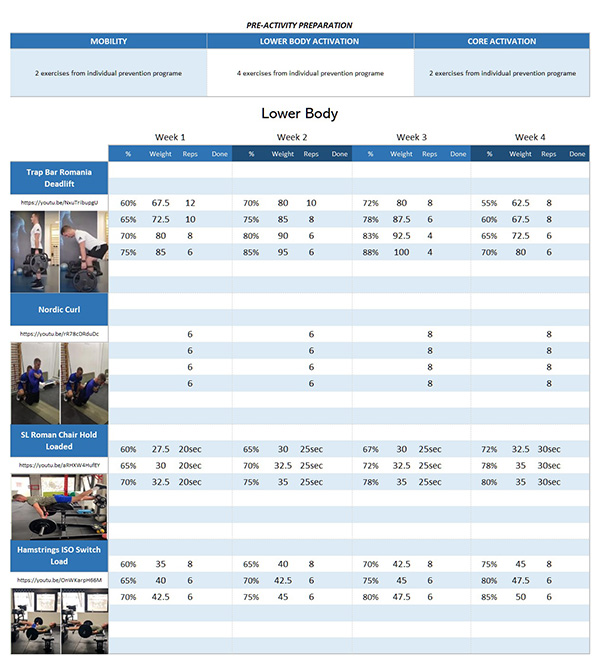
Credit: complementarytraining.net
Incorporating Resistance Training
Free weights help build functional strength. They mimic real-life movements. Machines, on the other hand, provide guided motion. They target specific muscles. Free weights require balance and stability. Machines are easier for beginners. Both have their own benefits. Choose based on your goals.
Bodyweight exercises improve mobility and flexibility. Squats and lunges are great examples. They strengthen your legs. Push-ups work your upper body. Planks build core strength. These exercises need no equipment. They can be done anywhere. Keep your body moving and strong.
Nutrition And Recovery Strategies
Proper nutrition and effective recovery strategies boost soccer strength training, enhancing performance and reducing injury risks. Balanced meals and adequate rest optimize muscle growth and repair.
Diet For Muscle Growth
Eating the right foods helps muscles grow faster. Focus on protein-rich foods like chicken, fish, and beans. Carbohydrates provide energy, so include whole grains, fruits, and vegetables. Healthy fats like nuts, seeds, and avocados are also essential. Drink plenty of water to stay hydrated. Avoid junk food and sugary drinks. Small, frequent meals keep energy levels steady. A balanced diet speeds up muscle recovery and growth.
Importance Of Rest And Recovery
Rest days are crucial for muscle growth. Muscles repair and grow during rest periods. Sleep at least 8 hours every night. Short naps can also help. Avoid overtraining to prevent injuries. Stretching helps muscles relax and recover. Ice baths and massages reduce muscle soreness. Listen to your body and take breaks when needed.
Monitoring Progress And Adjustments
Keep a training log to track strength gains. Write down the weights and reps for each exercise. Compare your results every two weeks. Look for improvements in strength and endurance. Celebrate small victories to stay motivated.
Use apps or software for tracking progress. These tools can show trends and patterns. Graphs and charts help visualize your gains. Sharing progress with a coach can also be helpful.
Adjust your training program every few weeks. Add more weight or reps as you get stronger. Include new exercises to keep things exciting. Rest days are also important for recovery.
Listen to your body for signs of overtraining. Reduce intensity if you feel tired. Remember, progress takes time and effort. Stay focused and consistent for the best results.
Learning From Professional Soccer Athletes
Professional soccer players follow strict workout routines. These routines help them stay fit and strong. They include exercises like sprints, squats, and lunges. Each exercise targets different muscle groups. Strength training is also important. It helps build muscle and increase power. Players do this to improve their performance on the field.
Mental toughness is key for soccer players. They need to stay focused during games. Visualization techniques help players prepare for matches. They imagine themselves making great plays. Meditation is also used. It helps calm the mind and improve concentration. Positive thinking boosts confidence. Players believe in their abilities and stay motivated.
Safety Precautions And Best Practices
Ensure proper warm-up to prevent injuries during soccer strength training. Focus on correct form and gradual progression for effective results.
Proper Technique And Form
Using proper technique prevents injuries. Always warm up before starting. Stretch your muscles gently. Focus on maintaining balance during exercises. Never rush through the moves. Make sure to breathe properly. Keep your back straight during lifting. Use controlled movements. Avoid jerking or bouncing weights. Wear appropriate footwear. Ensure your shoes fit well.
When To Seek Professional Guidance
Consult a professional trainer for new routines. Trainers help with correct form. They provide personalized plans. Seek help if you feel pain or discomfort. Do not ignore persistent pain. Ask for advice when starting new exercises. Trainers can adjust your program. They ensure you progress safely. Professional guidance prevents injuries.
Frequently Asked Questions
How Do You Train Strength For Soccer?
Train strength for soccer with compound exercises like squats, deadlifts, and lunges. Incorporate plyometrics, resistance bands, and core workouts. Focus on balance, agility, and endurance to enhance performance on the field. Consistency and progressive overload are key for optimal results.
Always warm up and cool down to prevent injuries.
How Should Soccer Players Lift Weights?
Soccer players should lift weights focusing on functional strength. Use compound exercises like squats, lunges, and deadlifts. Prioritize proper form and moderate weights. Aim for 2-3 strength sessions per week. Include core workouts and flexibility exercises.
How Many Sets And Reps Should A Soccer Player Do?
Soccer players should aim for 3-4 sets of 8-12 reps for strength training exercises. Focus on compound movements like squats and deadlifts.
What Exercises Improve In Soccer?
Dribbling, passing, shooting, and sprinting drills improve soccer skills. Strength training enhances overall performance and injury prevention.
What Is Soccer Strength Training?
Soccer strength training involves exercises to improve muscle power, endurance, and overall physical performance for soccer players.
Why Is Strength Training Important For Soccer?
Strength training enhances muscle power, reduces injury risk, and improves overall performance on the field.
How Often Should Soccer Players Strength Train?
Soccer players should strength train 2-3 times per week to see significant improvements.
What Exercises Are Best For Soccer Strength?
Squats, lunges, deadlifts, and plyometric exercises are excellent for developing soccer-specific strength.
Can Strength Training Improve Soccer Performance?
Yes, strength training improves speed, agility, and power, directly enhancing soccer performance.
Is Strength Training Safe For Young Soccer Players?
Yes, with proper supervision and age-appropriate exercises, strength training is safe and beneficial for young athletes.
Conclusion
Strength training is crucial for every soccer player. It boosts performance, prevents injuries, and enhances endurance. Incorporate these exercises into your routine. Consistency and proper technique are key for optimal results. Elevate your game by prioritizing strength training. Your soccer skills will significantly improve, making you a formidable player on the field.

